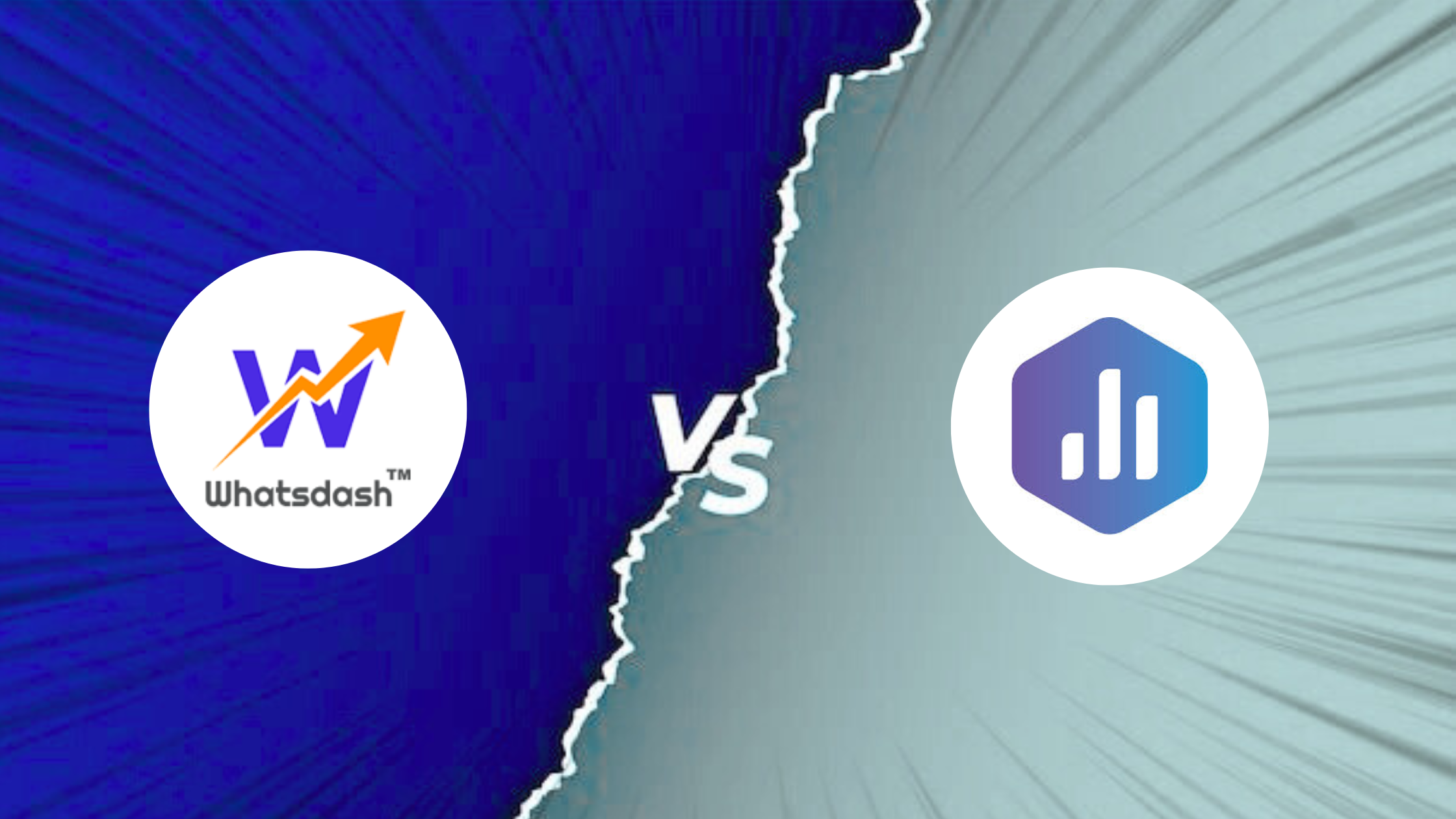When it comes to automated marketing reporting, two popular tools that often come up in the conversation are Whatsdash and Databox. Both are designed to make data visualization and reporting easier, but they cater to slightly different needs. In this comparison, we’ll break down their features, integrations, usability, and pricing so you can decide which is best for your business.
1. Overview
Whatsdash
Whatsdash is a no-code, automated reporting tool built for marketing and digital marketing agencies. It offers pre-built templates for SEO, SMM, and PPC reports, allowing agencies to set up client dashboards quickly without technical hassles. With more integrations than many competitors, Whatsdash makes it easy to pull data from multiple platforms into one intuitive dashboard.
Databox
Databox focuses heavily on data visualization and performance tracking, offering a range of templates and integrations. It’s designed for businesses that want to track KPIs in real time across different departments, not just marketing. While powerful, it often requires a bit more customization to set up marketing-focused reports.
2. Key Features Comparison
Feature | Whatsdash | Databox |
Pre-Built Templates | Yes – for SEO, SMM, PPC, and more | Yes – covers multiple industries |
No-Code Setup | ✅ Fully no-code | ⚠ Some setup requires configuration |
Integrations | 50+ (More than DashThis and many competitors) | 70+ integrations |
Automated Reporting | ✅ Schedule & send reports to clients | ✅ Scheduled reporting |
Custom Dashboards | ✅ Easy drag-and-drop | ✅ Highly customizable |
White-Label Reporting | ✅ Available | ✅ Available |
User Access Control | ✅ Multi-user collaboration | ✅ Multi-user collaboration |
API Requirement | ❌ Not API-based | ✅ API options available |
3. Ease of Use
- Whatsdash: Designed for agencies that want quick setup with zero coding, Whatsdash lets you connect data sources and start reporting in minutes. The interface is intuitive and ideal for non-technical users.
- Databox: Offers more customization but may require a learning curve, especially if you’re building complex KPIs or connecting via API.
4. Integrations
- Whatsdash: Connects with major marketing platforms like Google Analytics, Google Ads, Facebook Ads, LinkedIn Ads, Instagram Insights, Pinterest Insights, and more — making it highly suitable for agencies managing multiple client channels.
- Databox: Supports marketing, sales, and general business tools like HubSpot, Salesforce, Google Analytics, Facebook Ads, Shopify, and more.
5. Pricing
- Whatsdash: Offers free plan and the subscription starts at $10/month, making it one of the most cost-effective reporting tools in the market.
- Databox: Offers a free plan with limited features; paid plans start higher than Whatsdash depending on the number of data sources and dashboards.
6. Which Should You Choose?
- Choose Whatsdash if you:
- Want affordable, marketing-focused reporting
- Prefer no-code setup and quick onboarding
- Need more integrations for social media and ad platforms
- Work with multiple clients and require easy white-label reporting
- Want affordable, marketing-focused reporting
- Choose Databox if you:
- Need advanced KPI tracking across various departments (not just marketing)
- Are comfortable with some customization and setup time
- Want to integrate with business operations tools in addition to marketing data
- Need advanced KPI tracking across various departments (not just marketing)
Conclusion
Both Whatsdash and Databox are excellent tools for data-driven decision-making. Whatsdash stands out for simplicity, affordability, and agency-focused reporting, while Databox excels at deep customization and cross-departmental analytics. Your choice depends on whether you want a fast, marketing-focused solution or a more customizable, all-in-one KPI tracker.

